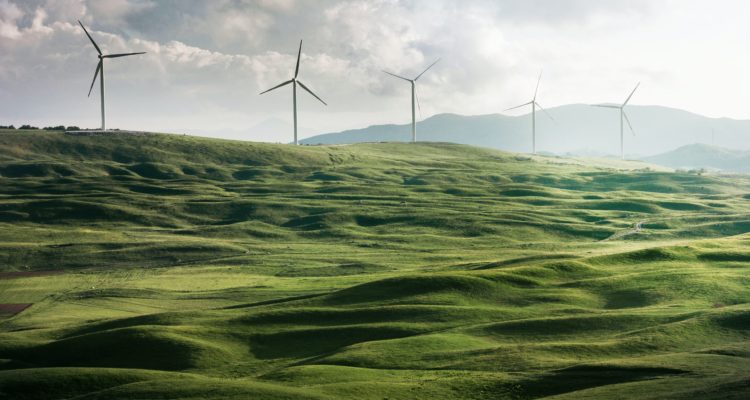Welcome to the debut of a new Composites Manufacturing magazine column – Focus on Sustainability. As ACMA’s vice president of EH&S (environment, health and safety) and sustainability, I will use this column to keep readers informed about external climate-driven factors affecting composite markets and industry programs developed in response.
In this winter issue, I’ll review the landscape and present an initial outline of ACMA’s sustainability goals and programs.
Composites manufacturers report increased end-user interest in the climate impacts associated with the manufacture of composite products and expect that customers will soon want to see reductions in those impacts. National and state policymakers have adopted – or are considering – regulatory schemes requiring the collection and processing of many end-of-life polymer products into valued materials that reduce reliance on natural resources when making new products. Suppliers of steel and aluminum actively promote improvements in the sustainability of their products.
Sustainability Objectives
Recognizing that these emerging market forces may threaten the ability to grow important markets, ACMA’s leadership set a strategic goal in 2022 to develop an effective sustainability program and identified three key programmatic objectives:
- Provide composites manufacturers with the tools and resources they need for responding to customer requests for information about the climate impacts associated with the manufacture of their products. These resources will include data on common raw materials and processes, industry-average lifecycle assessments and the consensus standard procedures for presenting lifecycle data in the standardized formats that will be needed in some markets.
- Reduce the climate impacts associated with the manufacture of composite products and raw materials. Making products using fiber and polymer can be more impactful to the climate than making them with steel or aluminum. For composites to become the sustainable material of choice, we need to reduce the emissions of climate warming gases associated with the production of raw materials and composites manufacturing operations. We also need to facilitate the recovery of scrap and end-of-life composites for recycling into valued materials used to make new products, reducing the industry’s use of virgin raw materials.
- Educate end-users, policymakers and the public about the use-phase sustainability benefits of composites. Especially while we decarbonize our supply chain and manufacturing processes, it will be the reduction in environmental, economic and social impacts resulting from use of composite products that will increase selection of composites over other materials in sustainability-driven markets. Importantly, we need to convert the many narratives about composite benefits into fact-based analyses that will withstand challenge.
Sustainability Programs
Three ACMA programs are working to achieve our strategic sustainability objectives: the Climate Impact Project, the Sustainability Forum, and the Composites Sustainability Council. ACMA’s Climate Impact Project, supported with significant funding by major industry raw material suppliers, will provide member companies with the information they need to answer customer questions about their climate impacts and to find opportunities to reduce those impacts. We already have the lifecycle inventory (LCI) data needed to prepare industry-average cradle-to-gate lifecycle analysis (LCA) for composite products made using unsaturated polyester resin and glass fiber and the compression molding, open molding, vacuum infusion, open mold casting and secondary bonding processes. LCI data for vinyl ester resins and pultrusion will be added in 2023.
These LCI data can be used by companies as the basis for LCAs developed specifically for their products, but most composites manufacturers will find that their customers will be satisfied with the industry average LCAs being developed under the CIP. ACMA’s first industry average LCA will be for reinforcing bar, and we are exploring development of LCAs for utility poles, corrosion-resistant equipment and cladding for commercial buildings.


